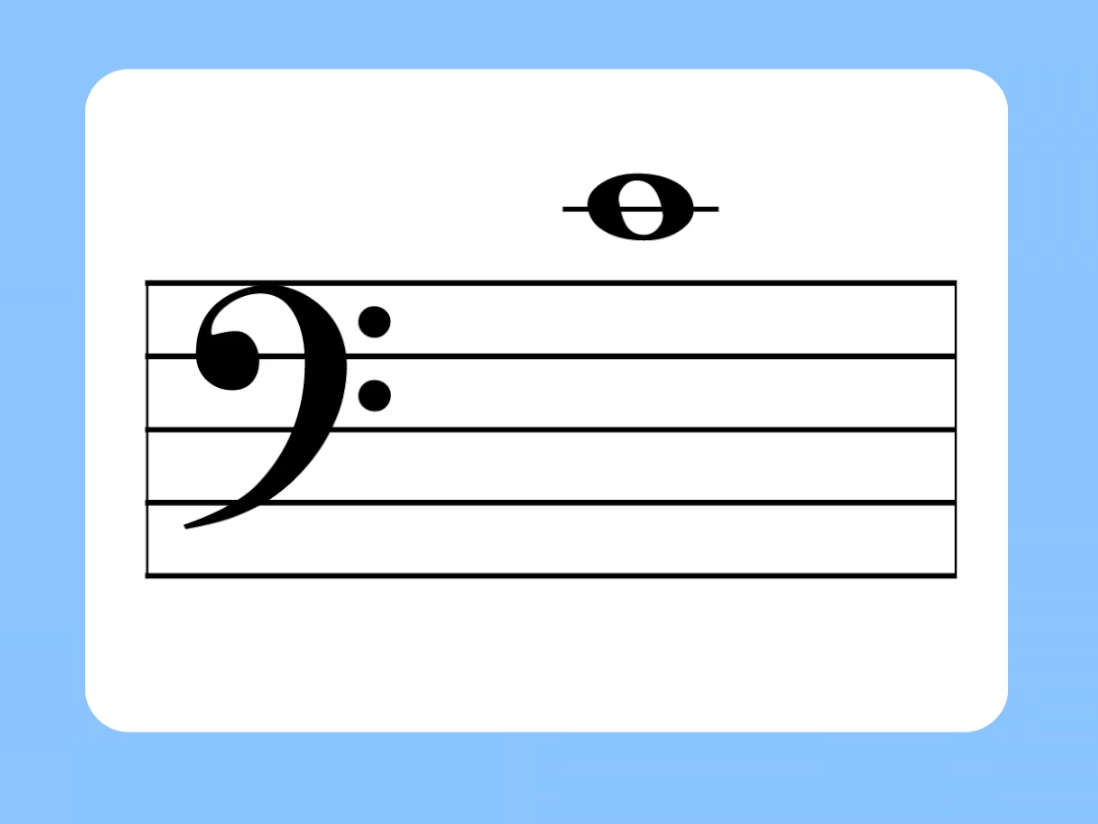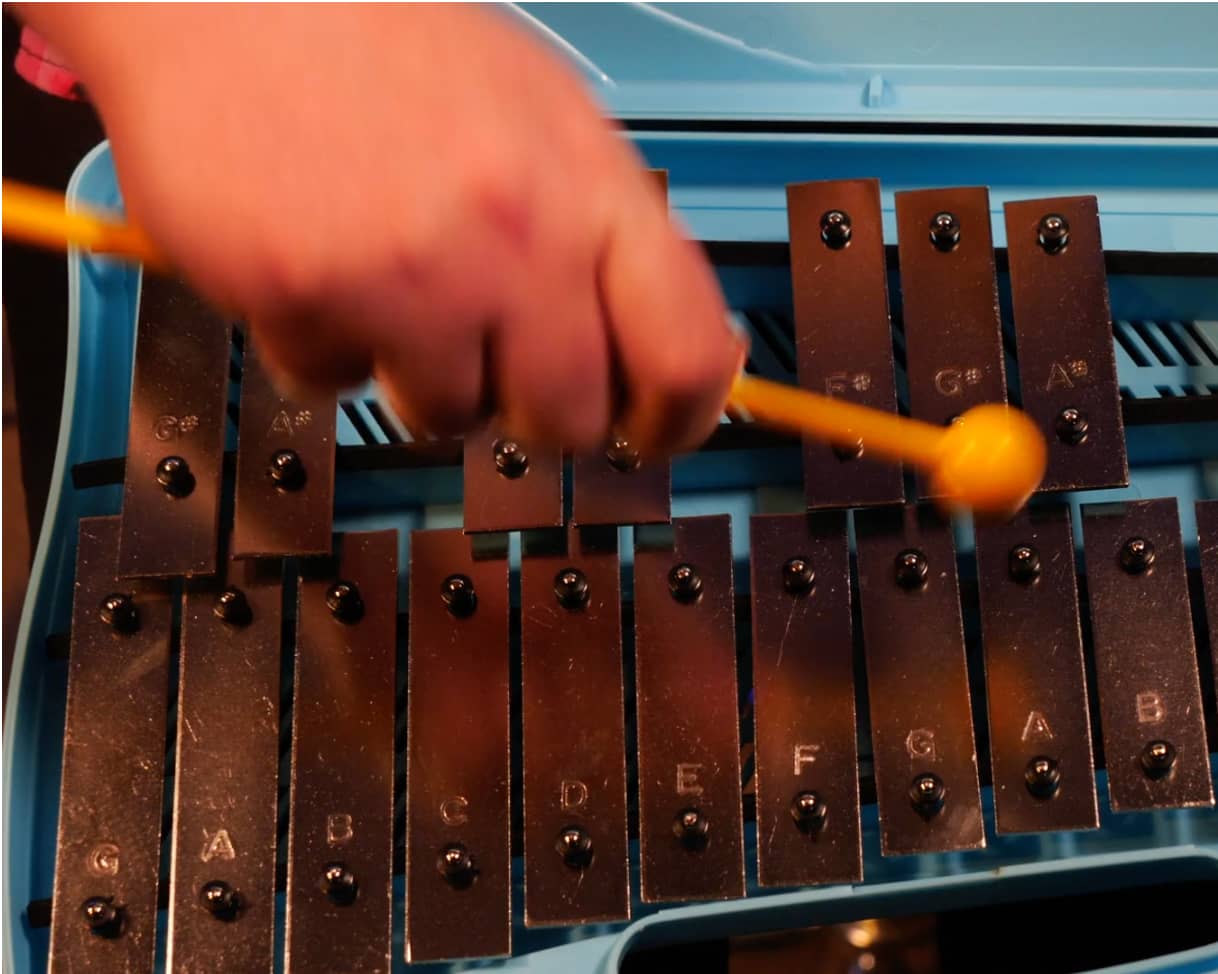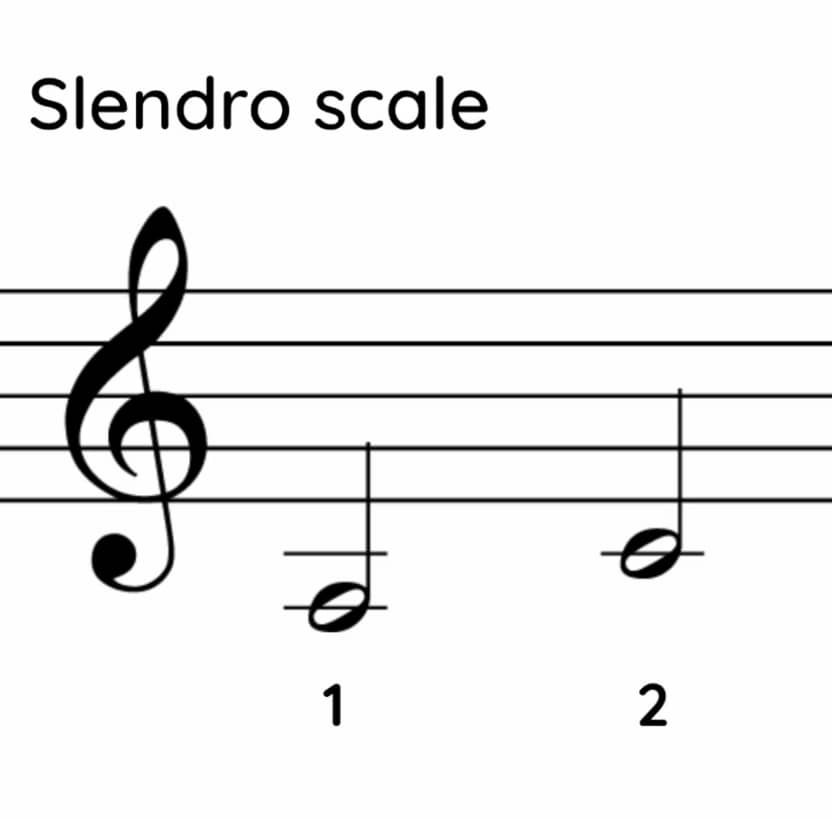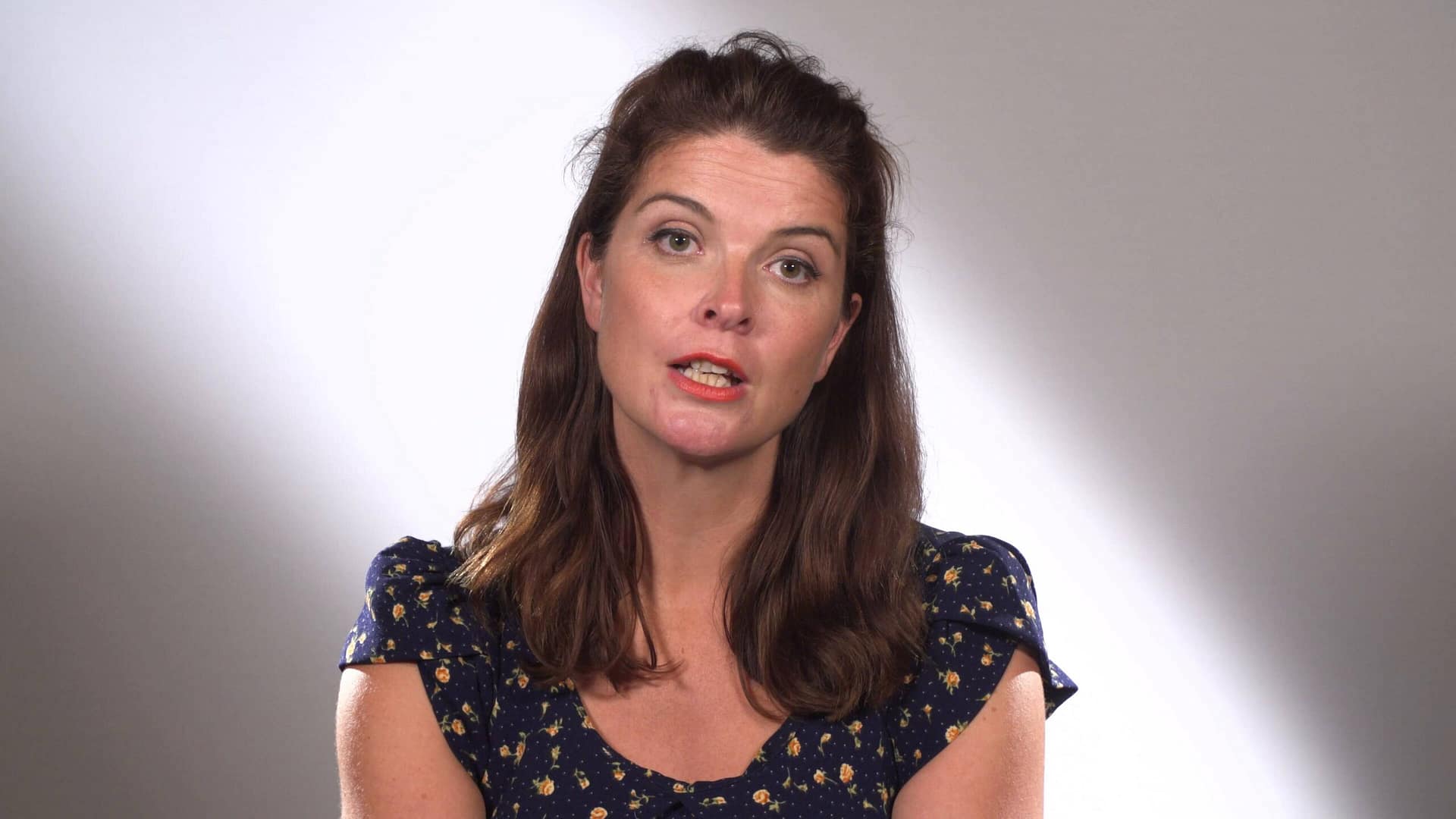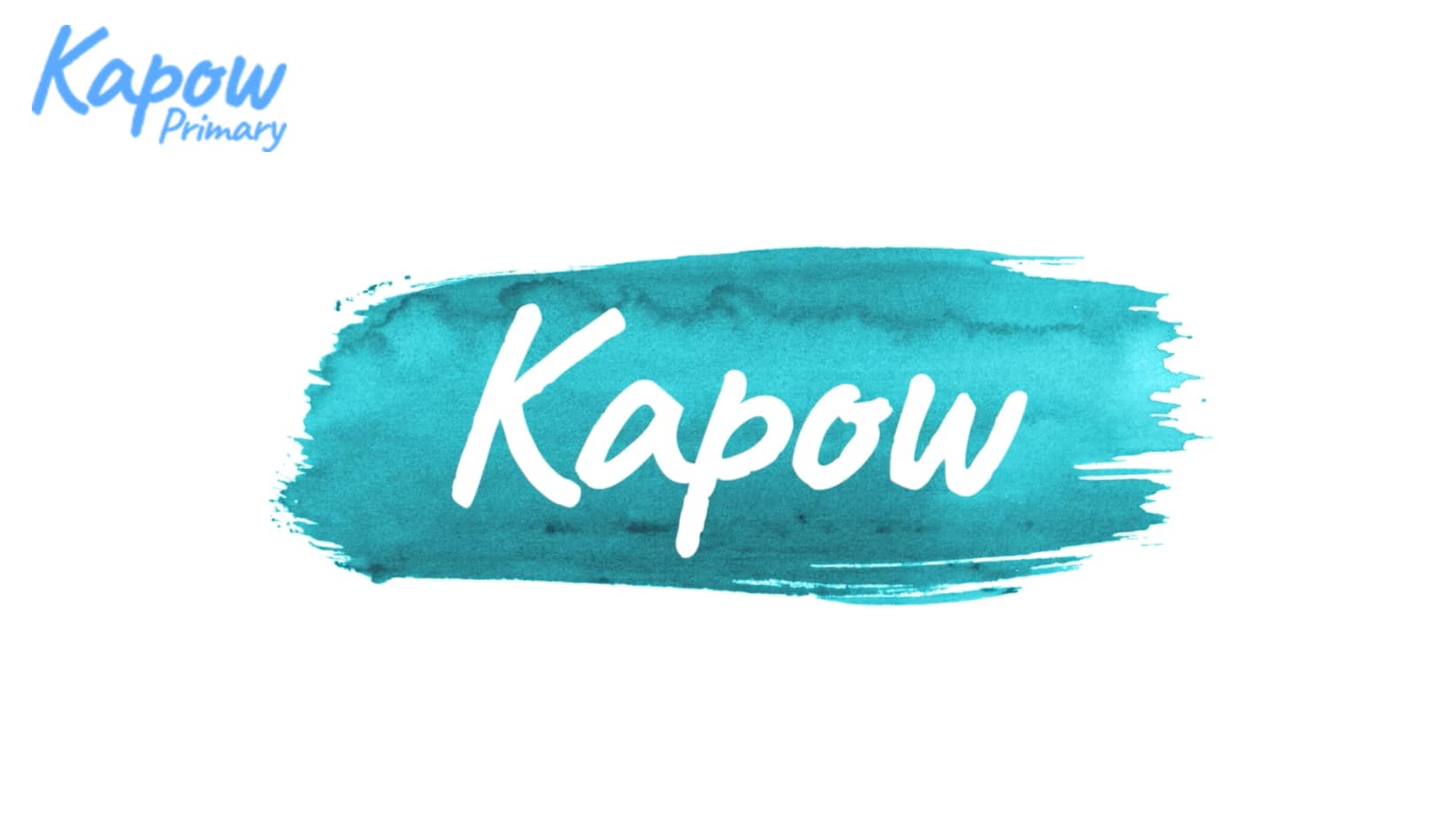This Music video introduces teachers to how rhythm and note duration are written using staff notation. It explains the different note values, from semibreves to semiquavers, and shows how rests, dots, and bar structures indicate silence, extended notes, and how rhythms are mathematically organised within a time signature.
year: Year 6
Teacher skills video: Pitch and clef
This Music video introduces teachers to how pitch is represented on staff notation. It explains how notes are positioned on the lines and spaces of the stave, how the treble clef is used in primary music teaching, and how ledger lines extend the range of available pitches.
Teacher skills video: Performance directions
This Music video introduces teachers to how dynamics, articulation, tempo, and structure are shown on staff notation. It explores the use of symbols and markings such as dynamics from pianissimo to fortissimo, articulation with staccato dots and slurs, tempo markings like largo or presto, and structural devices including repeat signs, first and second time bars, and double bar lines.
Teacher skills video: Tuned percussion
This Music video introduces teachers to the correct playing technique for tuned percussion, such as glockenspiels, chime bars, xylophones, or even marimbas. It highlights common mistakes pupils often make, including holding the beater like a pencil or resting it on the bar, and shows how to correct these to achieve the best sound.
Teacher video: Minimalism
This Music video introduces teachers to the key features of North American Minimalism, helping pupils to recognise repeating patterns, layered textures, interlocking rhythms, and simple harmonies when listening to music.
Teacher video: Gamelan Music
This Music video introduces teachers to the musical features of Gamelan, focusing on the Slendro scale and how it links to the pentatonic scale. Pupils will explore the scale notes (A, C, D, E and G), learn to sing using note numbers as Indonesian children do, and practise the melody of the unit song Blue Sky.
Teacher video: Year 6 Economic Wellbeing Overview
This video supports teachers in delivering the Year 6 economic well-being unit, helping pupils develop financial literacy, understand gambling risks, and explore career pathways in preparation for secondary school.
Teacher video: Tourism
This French scheme of work video introduces teachers to the skills needed to help Key stage 2 pupils read and analyse a descriptive text about a town before creating their own version.
Teacher video: Directions to school
This French scheme of work video introduces teachers to the skills needed to help Key stage 2 pupils describe places in a town and their route to school.


